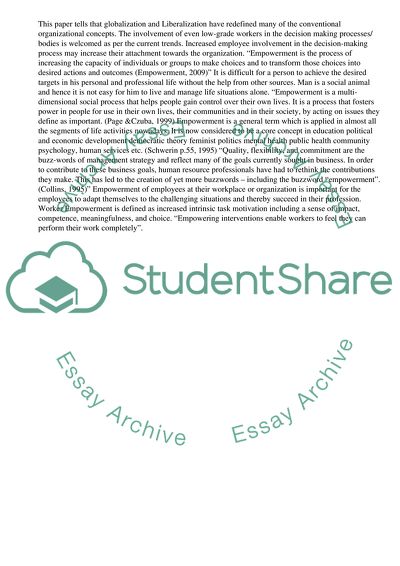Cite this document
(Concept of Empowerment Research Paper Example | Topics and Well Written Essays - 2500 words, n.d.)
Concept of Empowerment Research Paper Example | Topics and Well Written Essays - 2500 words. Retrieved from https://studentshare.org/management/1724734-empowerment
Concept of Empowerment Research Paper Example | Topics and Well Written Essays - 2500 words. Retrieved from https://studentshare.org/management/1724734-empowerment
(Concept of Empowerment Research Paper Example | Topics and Well Written Essays - 2500 Words)
Concept of Empowerment Research Paper Example | Topics and Well Written Essays - 2500 Words. https://studentshare.org/management/1724734-empowerment.
Concept of Empowerment Research Paper Example | Topics and Well Written Essays - 2500 Words. https://studentshare.org/management/1724734-empowerment.
“Concept of Empowerment Research Paper Example | Topics and Well Written Essays - 2500 Words”, n.d. https://studentshare.org/management/1724734-empowerment.


